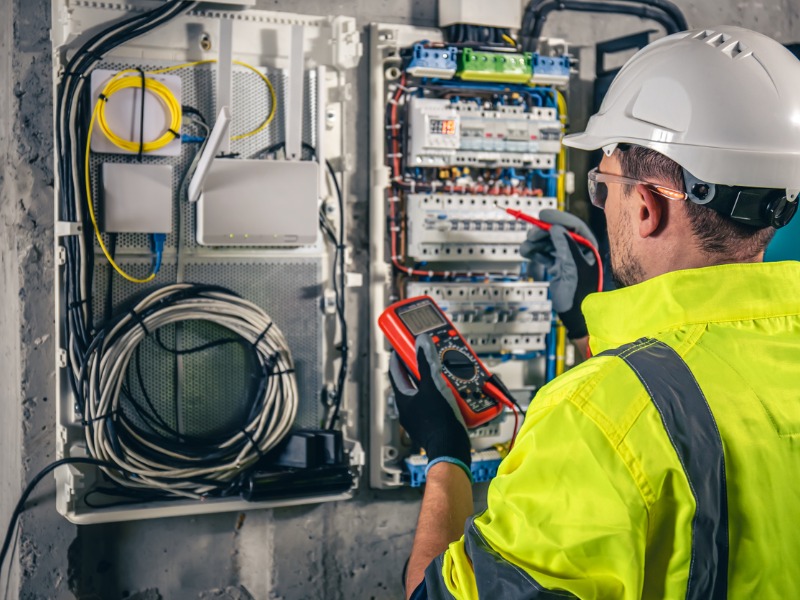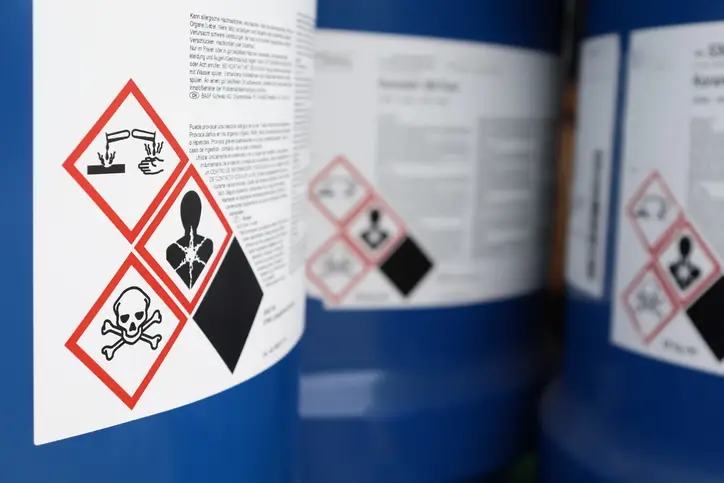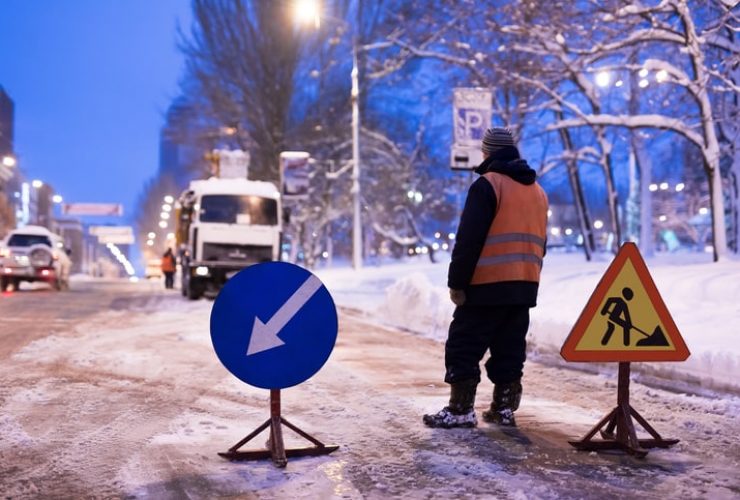Safe Electrical Practices in the Industry
Electrical accidents can be devastating, and they are preventable. The construction industry has many unique working conditions and risks, but that doesn’t mean electrical safety is something you have to worry about. Observing safe electrical practices in the construction industry can reduce your risk of electrical accidents and related injuries.
Safe practices will also help protect both the environment and workers. Look at some helpful tips when working with electricity on any construction project.
Electrical Hazard Recognition
Some occupations have electrical hazards that employees may not be aware of, making them more susceptible to electrocuting. The best way to stay safe is to know how to avoid these hazards.
The most common types of electrical hazards on a construction site are:
- Electrical contact with live wires or energized equipment
- Electrocution by water
- Contact with overhead power lines or other energized lines
- Contact with live wires through ground fault circuit interrupters
- The utilisation of electrical equipment not authorized
- Improper use of Personal Protective Equipment
Observe Standard Safety Practices
Before getting near electrical tools, you must follow all standard safety practices. Construction sites are hazardous places to work in.In addition to the environment, electrical wiring also poses risks.
On building sites, the following safety precautions should be taken to prevent electrical hazards:
- Use personal protective equipment
- All power sources should be identified and labeled before any work is done on them
- Always use a rubber mat or dry wood as a ground path when working with live wires
- Remove the insulation from live wires using a non-conductive instrument, and when the wires have been removed, replace the insulation.
- Always disconnect all power sources before cutting, welding, or using other tools near them
- Never work on construction sites without being properly grounded or using an approved grounding system
- Make sure the power supply is shut off at the main fuse or switch before installing any electrical wiring or equipment.
- Make sure a certified electrician has the necessary credentials to install, test, and maintain all wire systems.
- Ground All Equipment and Tools With a copper ground wire
Grounding is the first line of defense in preventing electrical shocks. When using electrical equipment, such as drills, grinders, and saws, ensure they are grounded. You can either plug the equipment into a GFCI outlet or connect a copper ground wire to the equipment. Grounding your tools will help;
- Protect you from electrical shocks
- Making your work safer and more efficient
If you are connecting a copper ground wire to your equipment, make sure;
- Use one that the National Electrical Code approves
- Make sure the ground wire is connected to the equipment’s metal housing and plug
- Make sure that the ground wire is connected before you plug in your equipment
Grounding can also help reduce the risk of electrical fires.
- Make Sure Extension Cords Are Fire-Resistant
You will often need an extension cord to power your tools, but it is important to ensure the extension cord is fire-resistant. You can find a fire-resistant extension cord by looking for the letters “CF” on the label.
Avoid using any extension cord that is;
- Damaged
- Brittle or
- Cracked insulation
Risk:
Damaged extension cords can overheat and spark a fire, which could lead to severe injuries.
Avoid using heavy-duty extension cords for temporary work, as they are not designed for continuous use.
If you need an extension cord for a long-term project, use a heavy-duty extension cord.
- Install Protective Covers on Electrical Equipment
If you have a large piece of electrical equipment, such as a power saw, on your construction site, make sure you have installed a protective cover. Protective covers will not only keep people away from the equipment and help keep you safe, but they will also prevent injuries, damage to the equipment, and hazards to wildlife.
Many electrical equipment manufacturers sell protective covers designed to fit their equipment. You can use a tarp or piece of plywood if you can’t find a cover.
When using a tarp or plywood, ensure it is secured tightly, so it does not blow away. You can also use a bucket to cover an electrical tool, such as an air compressor.
- Don’t Cross-Connect Electrical Wires
Cross-connecting electrical wires can be hazardous, as it can overload the circuit. Make sure you cross-connect the wires correctly if you’re working on a construction job where two pieces of equipment need to be plugged into the same circuit.
Remember:
- Never cross-connect wires that are not part of the same circuit
- If you are unsure how to cross-connect electrical wires, you must contact a licensed electrician
- Never use a circuit not intended for the load you are trying to power.
Risk:
It is dangerous to connect equipment to a circuit that is not rated for the load. Doing so may overload the circuit, cause a fire or injury, as well as cause damage to your equipment.
- Use Lockout and Tagout Devices When Working With High Volts
You must use lockout and tagout (LT) devices to prevent accidental contact when dealing with high voltages.
Lockout and Tagout Devices:
A lockout device is used to stop equipment from starting up. The equipment is turned off and disconnected using a tagout device.
Remember:
- You are in close enough proximity to the equipment to reach the lockout or tagout device if you need to deactivate it.
- Stay away from any moving parts.
- Make sure you can see the electrical panel to which the lockout or tagout device is connected if you need to switch off the power to the equipment.
- If you are working with high voltages and need to shut off equipment, lock out the circuit.
- If you need to shut off the flow of electricity to a piece of equipment, tag out the circuit.
- You can use a lockout device to lock out a circuit and a tagout device to tag out a circuit.
Be Careful with Portable Generators and Extension Cords
When running an extension cord from a portable generator, you must be careful because the extension cord can become damaged or overloaded. Hold the extension cord away from the generator and maintain a safe distance between the generator and the extension cord.
When working with a portable generator, use a heavy-duty extension cord that is at least 10-gauge. An 8-gauge extension cord is too light and may overheat when connected to a portable generator. If you are working with a portable generator close to an electrical circuit, install a GFCI outlet.
GFCI outlet:
A GFCI outlet will shut off the circuit if there is a power surge or someone accidentally comes in contact with the circuit. You should also ground a portable generator to reduce the risk of electrical fires.
Final Words
You can significantly reduce the chance of injuries on your construction site if you follow these safe electrical practices. Keeping these electrical safety tips in mind will help you reduce the risk of injuries and electrical fires at the workplace. Obtaining your OSHA 30 certification by taking OSHA 30-Hour training will ensure you become well-equipped with all the necessary skills required for working in Construction Industry.
Electrical hazards can be found in many workplaces, from industrial facilities to office buildings. No matter where your job site is, you can protect yourself from electrical hazards by following these tips.






